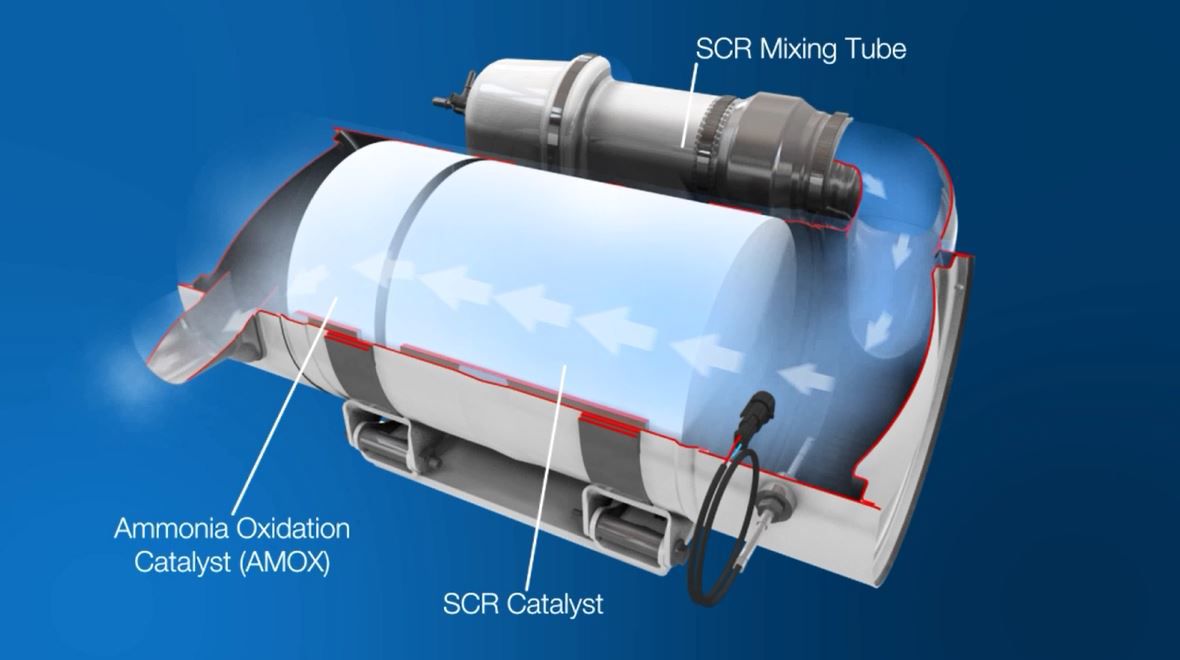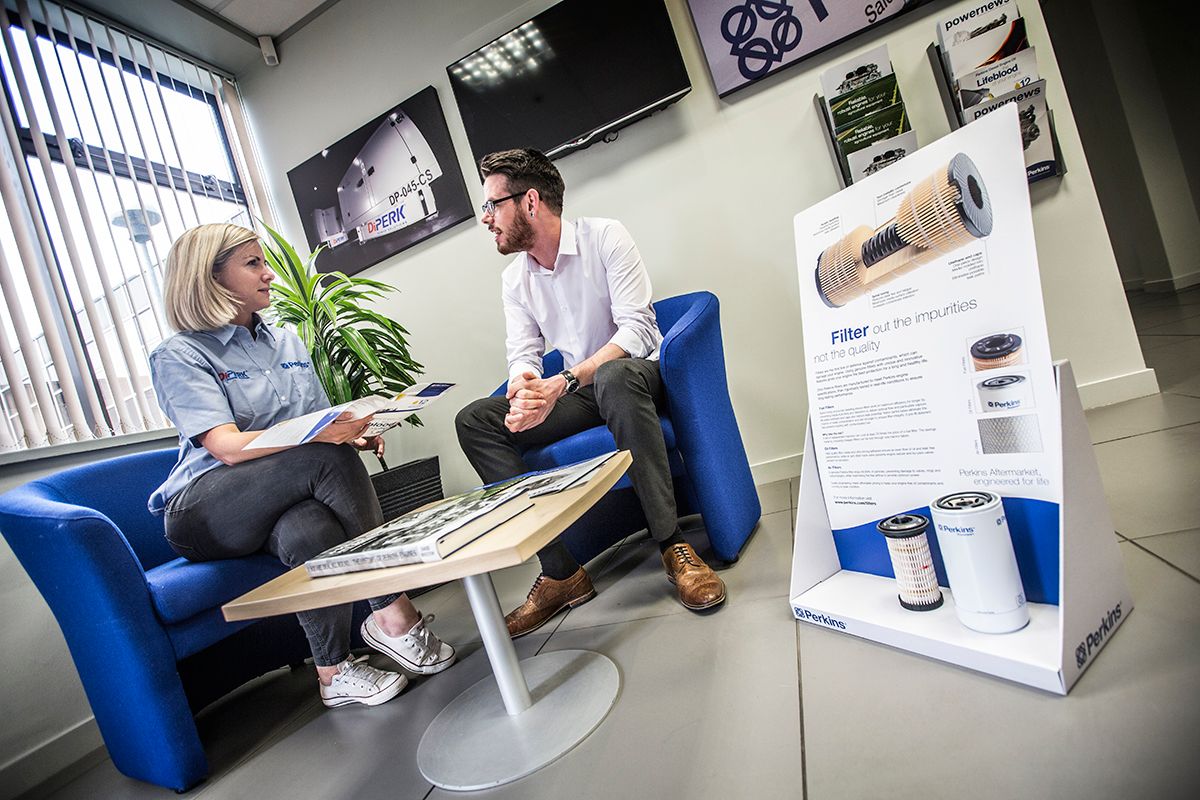With rules on emissions becoming stricter all the time, engine manufacturers are finding the most efficient and cost-effective ways to control what comes out of exhaust systems.
EU Stage IV/U.S. EPA Tier 4 Final emission standards require a significant reduction of nitrogen oxide (NOx) emissions from diesel engines.
A number of technologies are used to lower these emissions. Selective catalytic reduction (SCR) is one of the core technologies we use to do this on our 854F, 1204F and 1206F engines.
It’s a proven and advanced system that’s driving an active reduction in emissions.
If you are looking for a NOx reduction solution, SCR may be a suitable option. SCR is the catalysed chemical reaction that reduces NOx to water and nitrogen.
The process uses diesel exhaust fluid (DEF) as the reductant. DEF is injected into a tube where it mixes with the exhaust. The reactions take place as the DEF/exhaust mixture passes through the SCR catalyst.

One unique aspect of an engine with an SCR system is that operators need to top-up the DEF on a periodic basis.
DEF consumption rates are determined by vehicle operation. For most light-duty vehicles, DEF refill intervals typically occur around the time of a recommended oil change or other scheduled vehicle maintenance.
DEF replenishment for heavy-duty vehicles and off-road machines and equipment will vary depending on the operating conditions.
If you’re using a selective catalytic reduction (SCR) system you need diesel exhaust fluid (DEF) for the system to work.
Learn MoreA diesel oxidation catalyst (DOC) is an aftertreatment component that is designed to convert carbon monoxide into carbon dioxide and water.
Learn MoreOur diesel particulate filter (DPF) solutions capture a high percentage of particulate matter or soot.
Learn MoreA series turbo set-up involves two turbochargers installed to operate in sequence.
Learn MorePassive regeneration is an approach used to oxidise particulate matter (PM) in the diesel particulate filter (DPF).
Learn MoreOne of the options available for reducing NOx emissions is selective catalytic reduction (SCR), used on a number of our engines.
Learn MoreOne of the technologies available for the reduction of oxides of nitrogen (NOx) is exhaust gas recirculation (EGR).
Learn MoreReducing particulates and optimising fuel consumption are primary reasons for adding high pressure common rail to our engines.
Learn MoreIf you're ready to receive trusted advice from a Perkins expert, speak to our team today.
Connect with usOur digital magazine with the latest news, interviews and analysis.
Read moreYour regional Perkins Distributor can provide local, on-the-ground engine support.
Learn More









